It may sound like something from a Dr Seuss book, but grey peas and speck (pelēkie zirņi ar speķi) is the dish generally touted as the most Latvian of them all. It’s a kind of stew made from a local variety of dried pea (a bit like a chickpea), mixed with fried onion and diced speck, a type of fatty smoked bacon made from pork belly. The dish came to be during the long snowy nights of yesteryear when locals dipped into their supplies of dried and preserved food to whip up this delicious belly-filler.
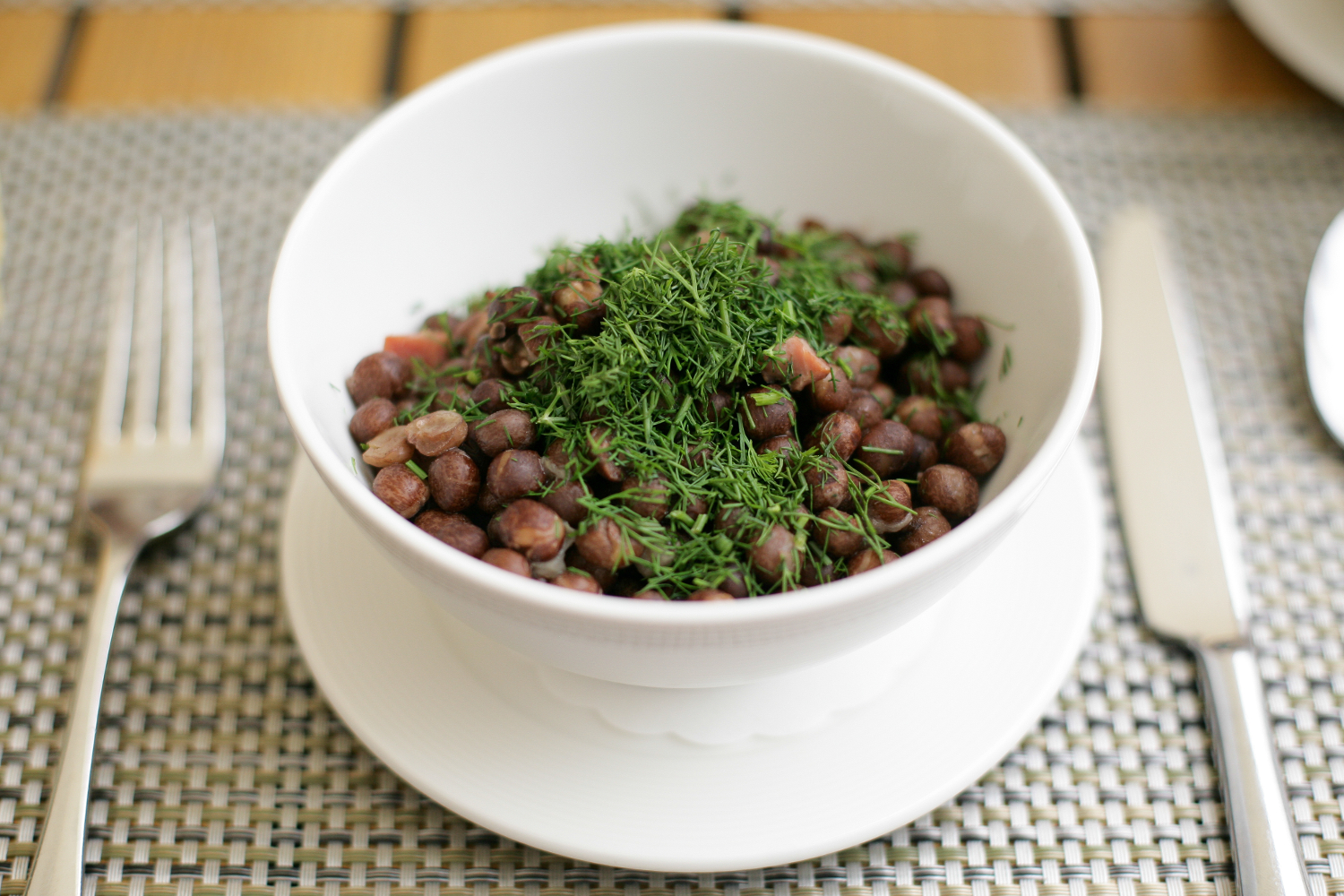
Like most of their northern European neighbours, Latvians love their dense, dark, rye bread, serving it as an accompaniment to most meals. Varieties include īstā rupjmaize (dark rye bread) and saldskābā maize (sweet sourdough rye bread). In good restaurants it’s often served with herb-flavoured butter.
So far, so normal, but for a more unusual treat, how about a dessert of bread soup (maizes zupa)? In this concoction, soggy rye bread is passed through a sieve, mixed with sugar, spices and dried fruits and topped with whipped cream. Then there’s rupjmaizes kārtojums, a kind of trifle made from grated rye bread layered with jam and cream.
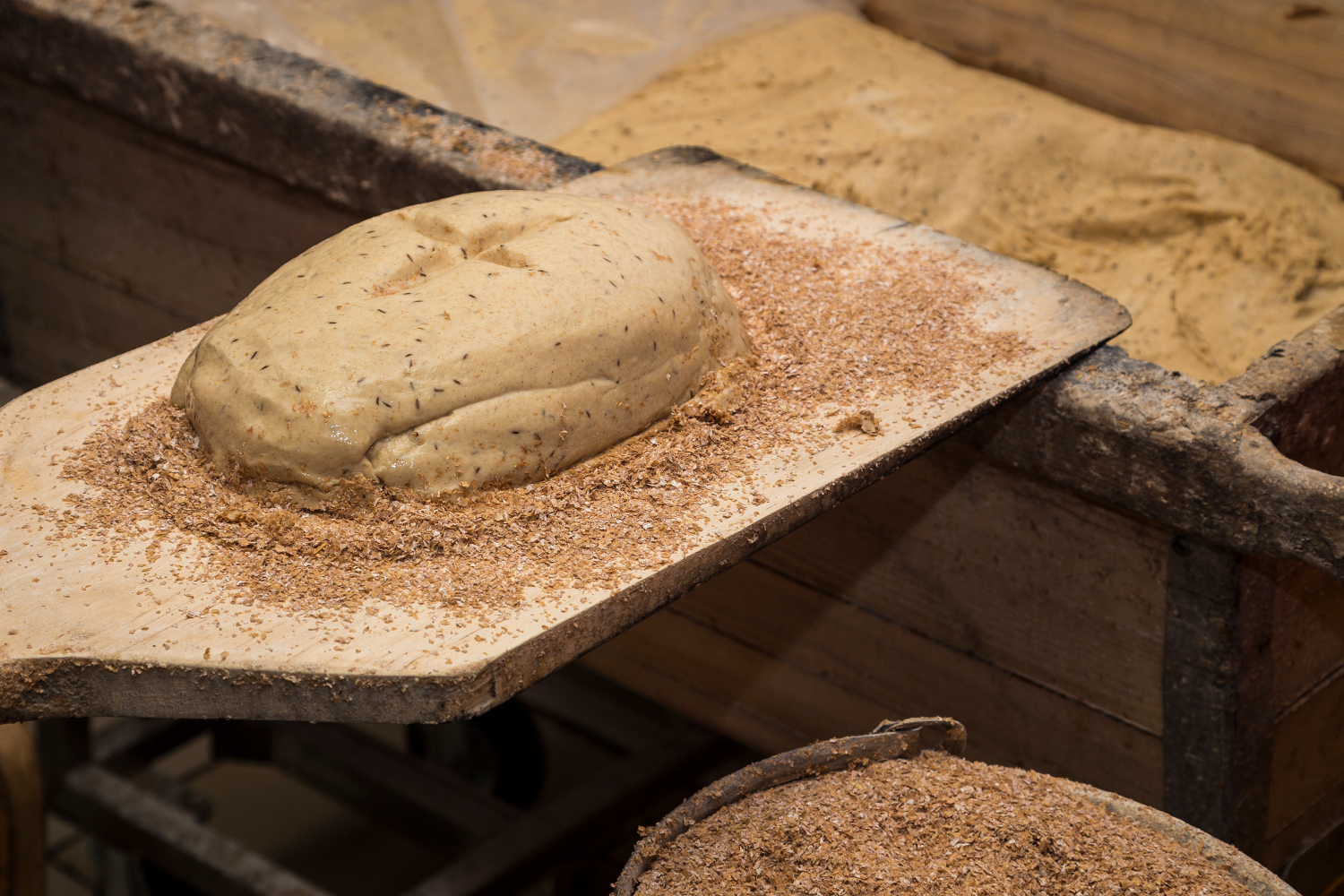
There’s nothing more Latvian than getting medieval on a whole pork shank. Or how about a sticky set of pork ribs? Or pork in aspic (cūkas galerts)? In poor times, Latvians made the most of their precious porkers by using the whole animal, with the head and tail being incorporated into economical dishes such as grūdenis, a kind of pearl barley porridge.
Anyone who has even a passing acquaintance with northern European cuisine might already have guessed that herring would make an appearance. In Latvia it’s popular in both its cooked and pickled varieties. Smoked sprats in oil are a traditional delicacy in Rīga (try them at Le Dome Fish Restaurant), and smoked fish shacks dot much of the Latvian coast in summer. In Liepāja, cod gets the nod whether fresh, dried or smoked, but most famously in signature dish Liepajas menciņš (smoked cod, potato and onion hotpot).
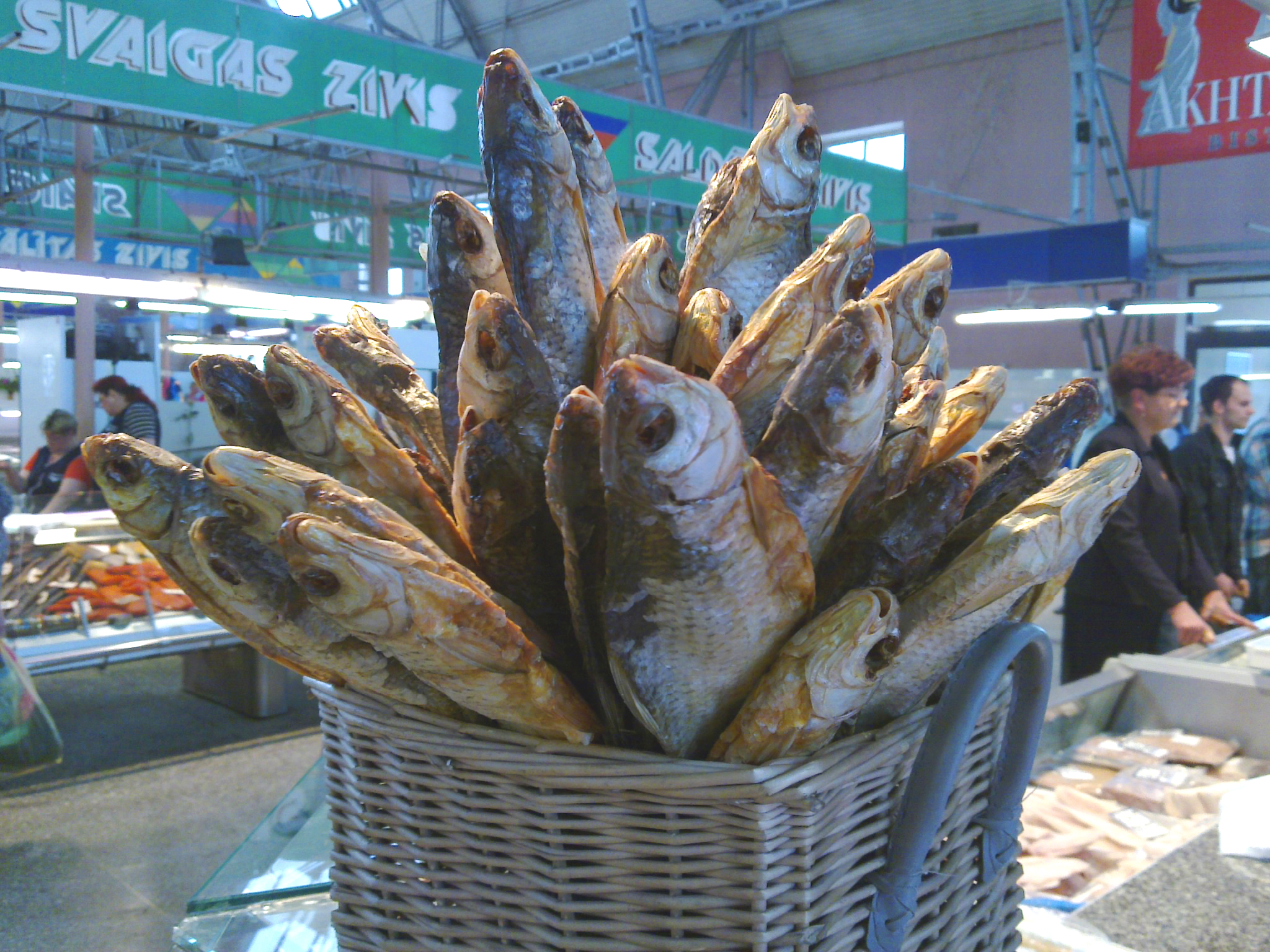
If you sit down to a traditional meal of, say, cooked herring, chances are it’s going to be accompanied by boiled potatoes and cottage cheese, and liberally sprinkled with dill. In fact, if there’s a single flavour that dominates Latvian cooking, it’s dill. Swap out the potatoes for sauerkraut and replace the cottage cheese with sour cream, and you’ve covered most of the cuisine’s customary accompaniments. Sour cream makes its way into many dishes, such as sīpolu sitenis (beef and onion stew) and skābeņu zupa (sorrel soup with boiled eggs). Meat dishes are often pepped up with horseradish or extremely hot mustard.
Come autumn, Latvians pull on their rubber boots and trudge off into the forest on mushroom hunts. With at least 30 poisonous species out there – some of which can kill – we don't recommend you head out to source some tasty fungus of your own, but you can easily and safely partake in the delicious bounty of ceps and chanterelles at restaurants all over the country. As the summer progresses, mushrooms give way to berries on menus, appearing in both sweet and savoury dishes. Look out for melleņu zupa ar klimpām (blueberry soup with dumplings) on dessert menus.
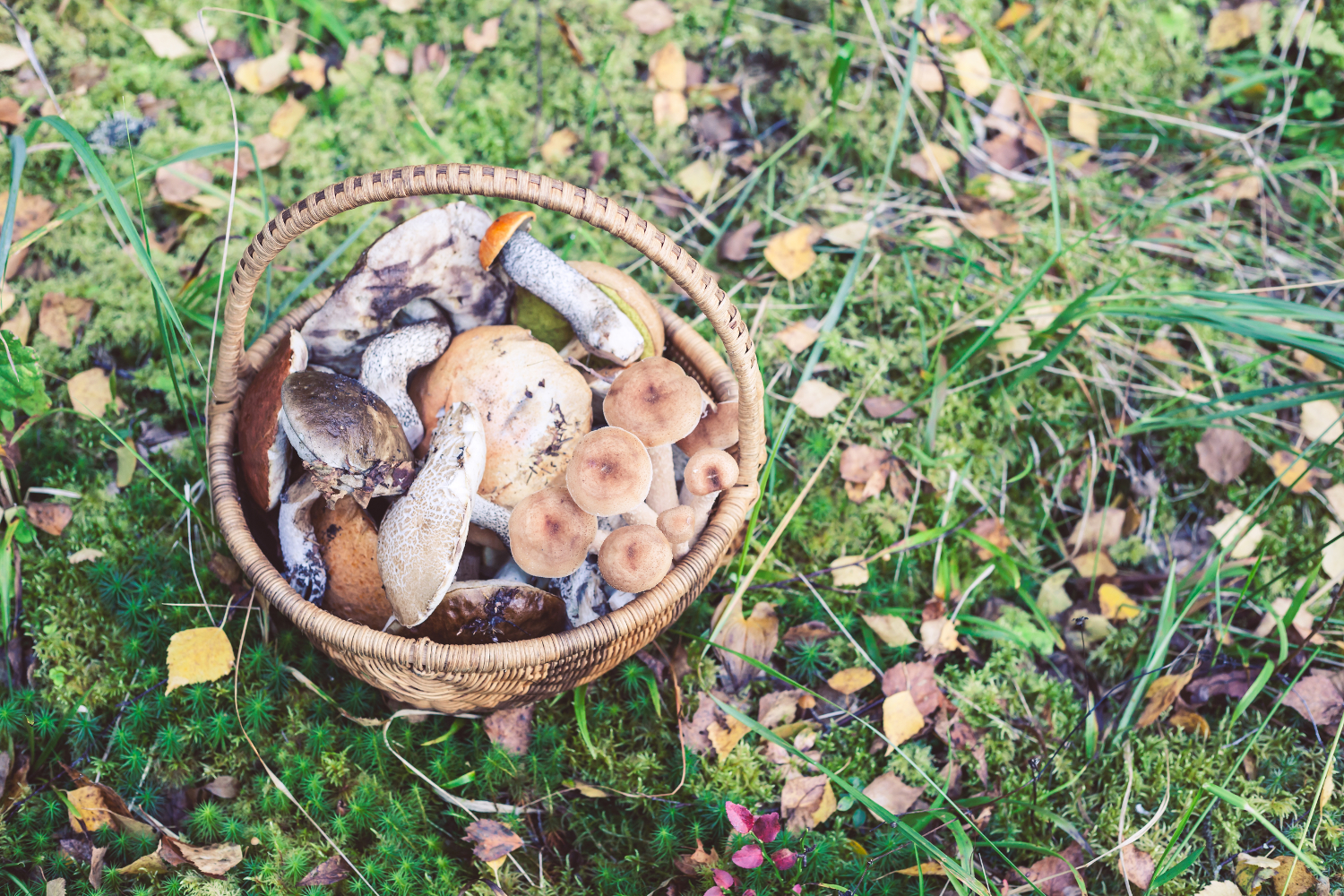
The best place to sample traditional Latvian fare is a krogs (tavern). Often these ubiquitous establishments play up their Latvian-ness with rustic decor and with the servers dressed as milkmaids and peasant wenches. In Rīga, the LIDO chain offers a mass-market, family-friendly version of the krogs experience via their numerous smorgasbord restaurants. Although they vary, the food’s reasonably priced and actually pretty good (they do a mean pork rib dish). For an oddball cultural experience, head out to the mothership, LIDO Atpūtas Centrs, set in a vast log cabin with a windmill, and decorated with Latvian-themed tableaux..
Grapevines don’t stand a chance this far north, so, unsurprisingly, beer’s the main beverage. Each town has its own brew, but our picks are Užavas (from Ventspils) and Valmiermuižas (from Valmiera). There’s no liquor more Latvian than Black Balzām, though, a thick, inky, intensely bitter, herb vodka that could easily be mistaken for medicine (it actually does supposedly have health benefits) or, equally, rocket fuel (it’s 45% proof). It’s at its best when tempered with an accompanying glass of blackcurrant juice.
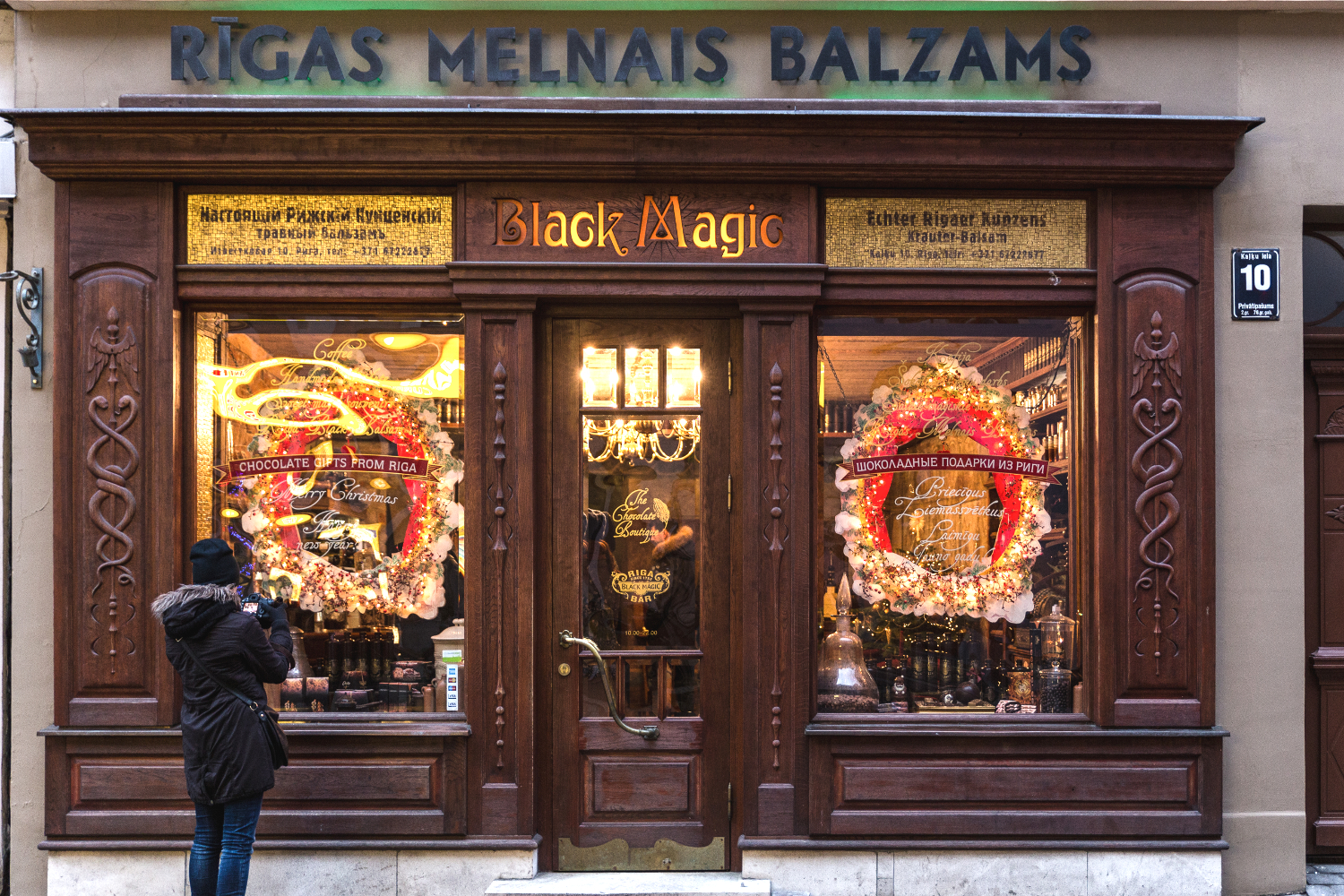
Three hundred years of Russian rule have inevitably had an impact, and with ethnic Russians making up a quarter of the population, it’s not hard to find good Russian fare in Latvia. One of the most popular snacks is pelmeņi, a type of meat dumpling served with sour cream. In Rīga you can tuck into a big steaming bowl for around €2.50 at Pelmeņi XL, or sample a fancier version at the city’s best Russian restaurant, Tēvocis Vaņa (Uncle Vanya). The latter is a great place to try blinis, borscht and all the other Ruski favourites.